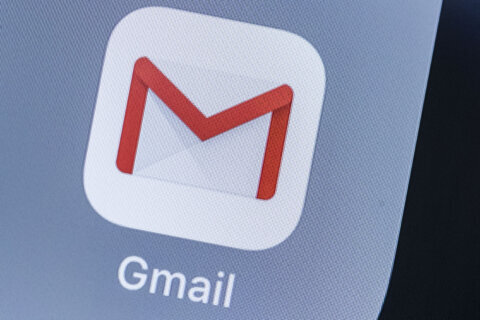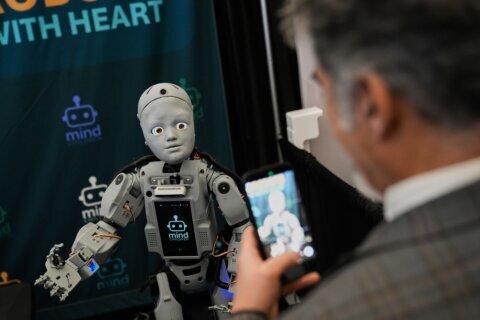Q: Why don’t some Android users get my iPhone text messages?
A: Text messaging was once considered an anti-social communication method by those who grew up having phone conversations as their default.
Fast forward to 2023 and everyone realizes how efficient and useful text messaging has become and, in many cases, making a phone call instead of texting is now considered a nuisance.
The original method of texting, known as SMS (Short Message Service) started to replace pagers in the ’90s and grew in popularity from there.
SMS had many limitations, starting with the need to be connected to a cellular network to work. It also provided no encryption, so your messages were sent in plain text.
As the growth of smartphone photography exploded, ways to send pictures via a messaging app started to emerge such as MMS (Multimedia Messaging Service) and Apple’s iMessage, which launched in 2011.
iMessage allowed iPhone users to send and receive pictures and video to each other over cellular or Wi-Fi connections with encryption, a huge improvement over SMS and MMS at the time.
Apple has always built walls around the iPhone in an effort to convince Android users to switch, so even as new industry standards developed, the iPhone messaging remained in its “walled garden.”
To this day, iMessage is the default for iPhone users, which can cause an inoperability issue when communicating with non-iPhone users, especially in group messages. The primary issue is when it sends something to an Android user, it kicks down into SMS or MMS, which are both archaic.
Depending upon the setting on your iPhone, messages that you send to Android phones may never make it out.
Conversely, iPhone users who are sent a video from an Android device usually get a very low-resolution version of the video because the devices do not use the same messaging protocols.
It’s easy to assume that Android devices are inferior because they can’t send video via text to iPhones, but that’s not the case and it’s about to change.
Apple will finally relent
After over a decade of resistance, Apple has finally announced that it will join the RCS (Rich Communication Services) standard supported by the rest of the industry sometime in 2024.
iMessage will continue to be the primary messaging platform, it will simply switch to the RCS standard when sending and receiving from non-iPhone devices.
This will be a huge win for both Android and iPhone users who send lots of pictures and videos to a variety of friends and family.
In the meantime
While the world waits for this blissful event to occur, there are a couple of workarounds you can use.
The first step is to make sure your iPhone has MMS Messaging turned on by going to Settings > Messages. Remember, to send MMS or SMS messages, you must be connected to a cellular network or have Wi-Fi calling turned on.
Most of the world has adopted WhatsApp as an alternative, which eliminates the compatibility issues imposed by the current situation.
You can also use Facebook Messenger, Snapchat or Signal until Apple finally turns on the RCS switch.
Ken Colburn is founder and CEO of Data Doctors Computer Services. Ask any tech question on Facebook or X.







